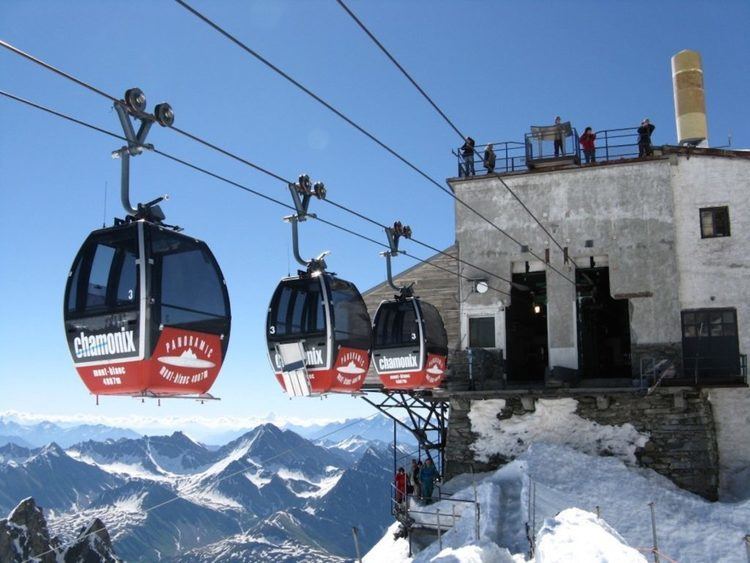 | ||
Emirates air line thames cable cars london landmarks high definition hd youtube video
A cable car is any of a variety of cable transportation systems relying on cables to pull vehicles along or lower them at a steady rate. The terminology also refers to the vehicles on these systems. The cable car vehicles are motorless and engineless and they are pulled by a cable that is rotated by a motor off-board.
Contents
- Emirates air line thames cable cars london landmarks high definition hd youtube video
- Space engineers working cable car guide survival mode
- Background
- Aerial lift
- Mono cable detachable gondola MDG
- Bi cable detachable gondola BDG
- Aerial tramway
- 3STDG tri cable detachable gondola
- Funifor
- Funitel
- Pulsed gondola
- Ropeway conveyor or material ropeway
- Chairlift
- Rail system
- Heritage Cable Car
- Funicular
- Mini Metro
- Propulsion
- Non Detachable
- Detachable
- Challenges
- The longest cableway
- References
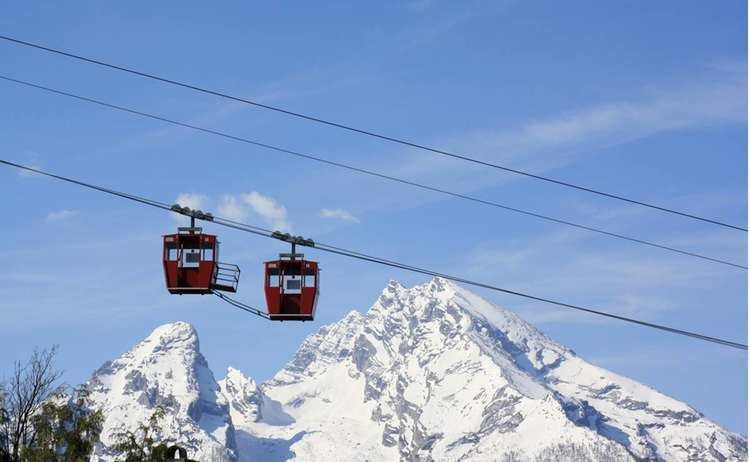
Space engineers working cable car guide survival mode
Background
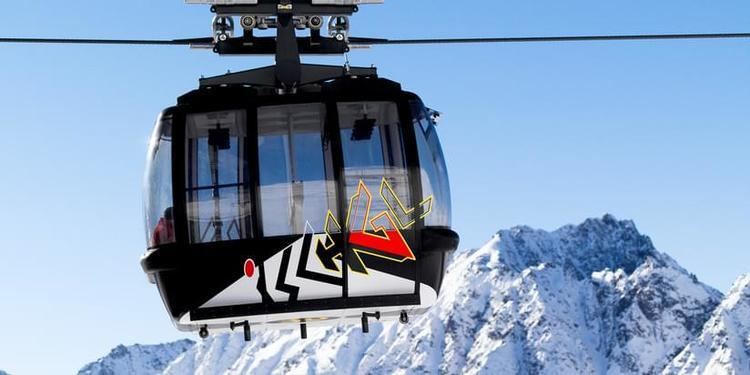
Cable car transport systems are a viable transportation system for various situations. Cable-Propelled Transit (CPT or cable for short) can be effective as a mass transit system at a reasonable cost.
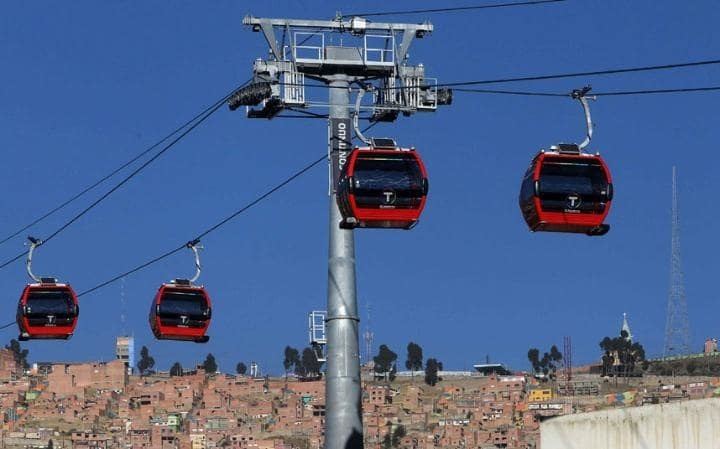
They are advantageous for transit of mountains, valleys, steep slopes and bodies of water. Constructing roads in mountainous terrain requires substantial funding and can significantly affect the environment."The minimally invasive design enables ropeways to blend in almost imperceptibly with their surrounding- without harm to the visual impression of the tourist destination".
Aerial lift
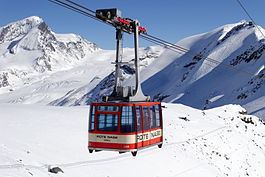
In an aerial transit system, cabins (also called carriers, vehicles, cable cars or simply cars) are suspended and propelled from above by cables. The cable that supports the cabin may or may not be the one that propels it too. This depends on the technology used. It is a two way transport.
Mono-cable detachable gondola (MDG)
A mono-cable detachable (MDG) system has only one cable that does the work of supporting and also propelling.
Bi-cable detachable gondola (BDG)
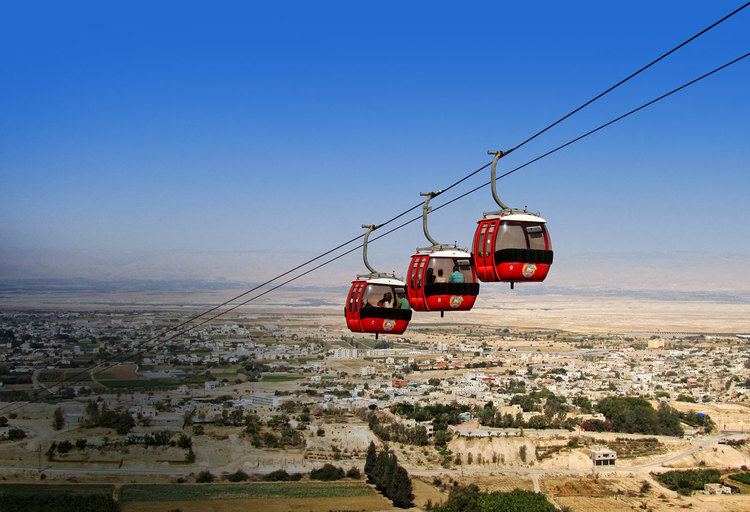
A bi-cable detachable gondola (BDG) has two cables, one of which supports the cabin. This cable is stationary while the other cable moves and serves the purpose of propulsion.
Aerial tramway
An aerial tramway consists of a cabin suspended from a cable, pulled by another cable.
3S/TDG-tri-cable detachable gondola
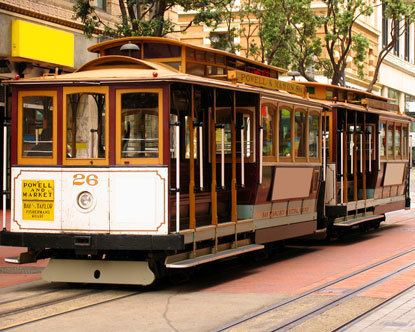
A tri-cable detachable gondola (TDG) has three cables, two of which help in supporting and the other in propelling the cabin.
Funifor
A funifor is a type of aerial lift or aerial tramway patented by Doppelmayr Garaventa Group which consists of two guide ropes and a haul rope loop per cabin. The drives of the two cabins are not interconnected with two reversible cabins running on parallel tracks. At the top of each track, the haul rope for that track loops back to the bottom instead of looping over to serve the other track as occurs with a normal aerial tramway. In other words, a funifor's propulsion is not returned to the opposite direction for use by the other vehicle.
Funitel
A funitel is a type of aerial lift, generally used to transport skiers. The name funitel is a portmanteau between the French words funiculaire and telepherique. Funitels have not only been used as a means to transport skiers; there is one used to transport finished cars between different areas of a factory. Recently, more and more funitels have been added to ski areas.
When used to transport skiers, funitels are a fast way to get to a higher altitude. However, because skis or snowboard have to be taken off and held during the trip, and because of the (usual) absence of seats, funitels can sometimes be uncomfortable for long trips, in the same way other large gondolas can be. Funitels combine a short time between successive cabins with a high capacity (20-30 people) per cabin. Funitels are able to tolerate higher wind speeds than classic gondola lifts because they are clamped to two steel cables instead of one.
Pulsed gondola
Pulsed Gondola systems are fixed-grip CPT systems with cabins grouped together in “pulses” rather than being spaced evenly along the cable. The entire line slows down or stops completely in stations to allow passengers to embark and disembark.
Ropeway conveyor or material ropeway
This is used in transportation of goods rather than passengers.
Chairlift
Open chairs are hauled above the ground by means of cable.
Rail system
In Bottom Supported System, cabins are supported by tracks or rails underneath but are propelled by a cable. Most of these types of cabins are supported by rails while one might find a cable supporting the cabin underneath in the rarest occasion. The San Francisco cable car system in North America is one example of it.
The various bottom supported systems are:
Heritage Cable Car
A cable car system utilizes rail cars that are hauled by a continuously moving cable running at a constant speed. Individual cars stop and start by releasing and gripping this cable as required.
Funicular
A funicular consists of a pair of railway cars that alternately ascend and descend an inclined right-of-way, attached to a common cable.
Mini Metro
Mini Metro or people mover is a system, which is cable-propelled:
Propulsion
CPT is different from conventional Transport Vehicles as it does not have engine or motor on board. Cabins are propelled by off-board motor that moves the cable connected to a Bullwheel. Cabins are gripped with the cable. So, as the cable moves so does the cabin. The detachable types (MDG, BDG or 3S) can be detached at the station. There are usually two bull wheels, the bigger one is rotated by the motor, also called drive wheel, and the freely spinning small one at the other end. Deflection wheels can be incorporated that could alter the direction of cable.
Non-Detachable
The cabin is permanently fixed on the cable. This was originally the only system used, and has a disadvantage as stopping one cabin involves stopping the whole system. However, fixed grips system can achieve higher speed. This system does not allow mid-span station or even if it does, the station has to be in the middle.
Detachable
In 1872, an Austrian National, Orbach invented the world’s first detachable grip and patented the technology.The detachable cabin can be separated from the cable without disrupting the whole system. This allows the cabin to be stopped in between the stations without stopping the whole system. When the cabin approaches the stop, mechanism installed in the station ungrips the cabin and it is slowed down by a different mechanism. This allows passengers to alight or get in the cabin.
Challenges
CPT has not yet been a widely accepted transportation system. It needs to address some challenges. Although CPT has been around for a century, there has not been much research in this area. It has not been widely commercialized. Integration of multiple CPT systems is not easy. The design of an arrangement in which systems meet at a station is still a challenge for the technology. Transporting above someone's property entails privacy issues. Also, safety in case of emergency is widely a concern.
The longest cableway
The world's longest operable cableway is the Forsby-Köping limestone cableway in Sweden at 42 km (26 mi). The longest ever in operation was the 96 km (60 mi) Kristineberg-Boliden ropeway conveyor in Sweden. One of its 8 sections has been converted to a gondola lift and is still operating as the 13.2 km Norsjö aerial tramway making it the world's longest passenger cableway.
Also worth mentioning are Tochal Telecabin, with a length of 7.5 km, connecting the city of Tehran to the Tochal ski area (3 sections), Skyrail Rainforest Cableway, a gondola lift in Australia is 7.5 km long (two sections), and the Swiss Gondelbahn Grindelwald-Männlichen is 6.2 km long (two sections). The longest reversible aerial tramway built in one section only is Wings of Tatev in Armenia at 5.7 km (3.5 mi).
